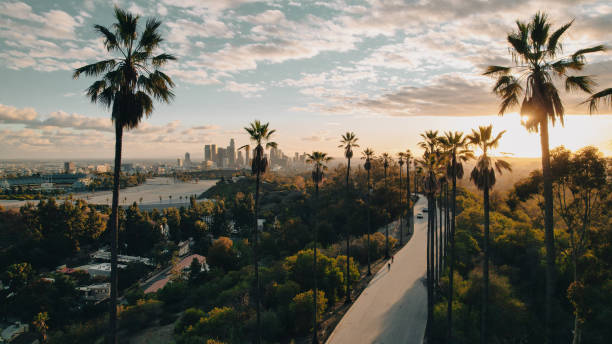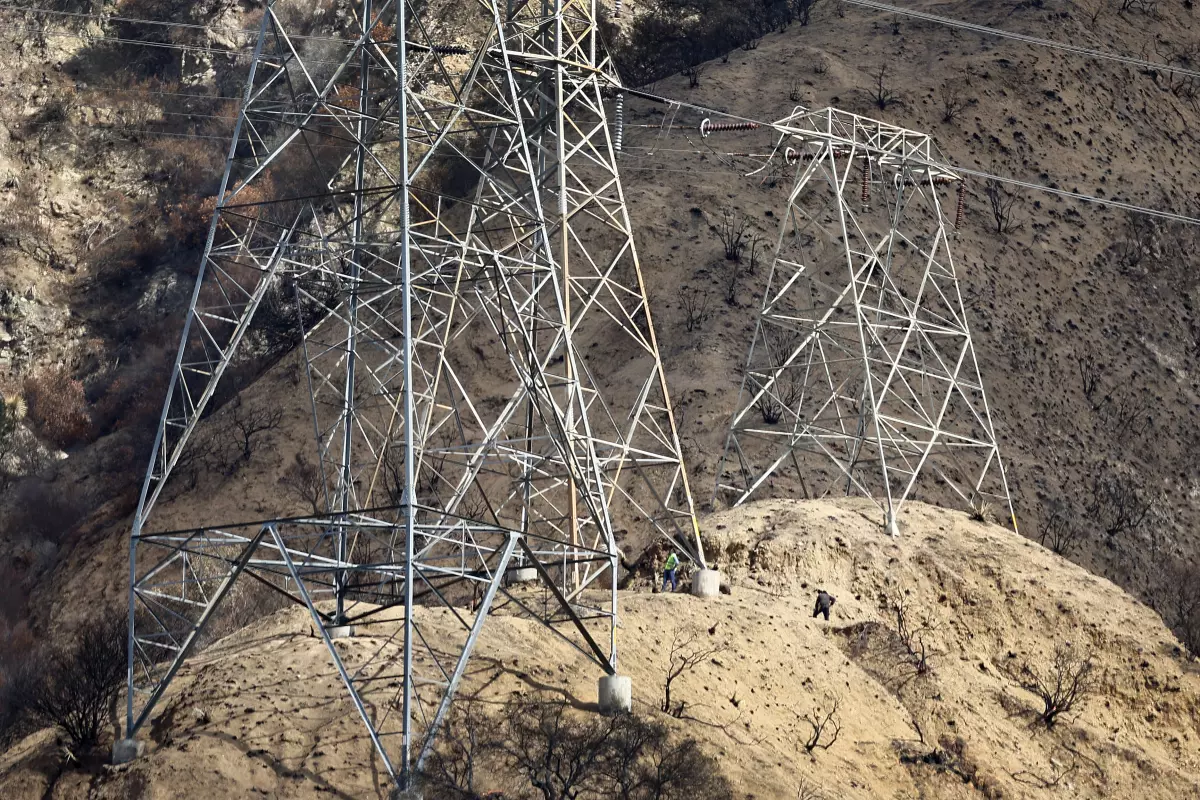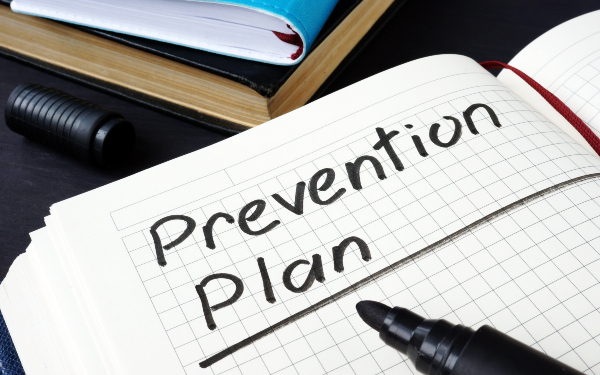Why Does California Have Many Wildfires? Causes and Prevention Tips
Wildfires are no longer just seasonal headlines in California; they’re year-round threats that shape the state’s identity, economy, and environment. From devastating communities to reshaping landscapes, the wildfire crisis is both a natural and human-made disaster. If you’ve been asking why California has many wildfires, you’re seeking to understand a complex problem with deep roots in climate science, land management, and human behavior.
This guide will unpack the “why” behind California’s wildfire frequency, explore prevention strategies, and provide actionable steps to protect homes and communities.
Table of Contents:
- Introduction: The California Wildfire Crisis
- Why Does California Have Many Wildfires?
- Leading Causes of California Wildfires
- Historical Examples of Destructive California Wildfires
- 5 Common Questions About California Wildfires
- Prevention Tips for Homeowners and Communities
- The Role of Climate Change and Policy
- What to Do If a Wildfire Approaches
- After the Fire: Recovery and Rebuilding
- Long-Term Strategies to Reduce Wildfire Impact
- Conclusion and Call to Action
Introduction: The California Wildfire Crisis
Wildfires have always been part of California’s ecological cycle. Native American tribes historically used controlled burns to clear brush and promote healthy plant growth. But the modern wildfire crisis is different; fires today burn hotter, spread faster, and cause far more damage than in the past.
In the 1970s and 1980s, annual burned acreage was a fraction of what it is now. Fast forward to recent years, and we’ve seen “megafires” destroying thousands of homes in a matter of hours. Fires like the 2018 Camp Fire, which destroyed the town of Paradise, have left deep scars both physically and emotionally.
The key difference today? A perfect storm of climatic, geographic, and human factors is pushing the problem beyond natural cycles, making why California has many wildfires a question of global relevance.
Why Does California Have Many Wildfires?

California’s climate is classified as Mediterranean, a rare pattern found on only about 2% of Earth’s landmass. This means mild, wet winters followed by long, hot, dry summers.
- Winter Growth, Summer Fuel: The rainy season encourages lush vegetation growth, grasses, shrubs, and underbrush. But when summer arrives, rainfall drops dramatically. This vegetation dries out, creating a dense fuel bed ready to ignite.
- Low Humidity: Summer humidity levels can drop below 20%, accelerating moisture loss from plants and soil.
- Heat Waves: Extended periods of high temperatures bake the landscape, making ignition easier and fire spread faster.
Example: In 2022, after a wet winter, Central California saw explosive grass growth. By June, those same grasses were brittle and highly flammable, feeding multiple fires in the San Joaquin Valley.
2. Wind Events
California’s seasonal wind patterns are notorious for fueling wildfires.
- Santa Ana Winds: Originating in the inland deserts, these winds funnel toward Southern California in fall and winter. They’re hot, dry, and can gust over 70 mph.
- Diablo Winds: In Northern California, these downslope winds create similar dangerous conditions, often coinciding with peak fire season in September and October.
- Why They’re Dangerous:
- Lower the humidity even further.
- Push flames rapidly across the landscape.
- Carry embers miles ahead of the fire front (a phenomenon called spotting).
Example: The 2017 Tubbs Fire in Sonoma County spread at unprecedented speed because Diablo winds carried burning embers across highways and into neighborhoods.
3. Topography
The shape of the land plays a critical role in wildfire behavior.
- Steep Slopes Accelerate Fire: Fires burn uphill much faster than downhill because heat rises and preheats vegetation above.
- Canyons as Wind Tunnels: Narrow canyons can funnel wind, increasing its speed and intensity, which in turn pushes flames faster.
- Access Challenges: Rugged terrain often slows firefighting crews and equipment, allowing fires more time to grow.
Example: The 2018 Woolsey Fire in Malibu was fueled by steep coastal canyons that channeled winds and made firefighting access difficult.
4. Population Pressure
California’s population has grown rapidly in wildland-urban interface (WUI) areas, where homes and businesses are built near or within flammable vegetation.
- More Ignition Sources: Cars, power tools, BBQs, and power lines all present fire risks.
- Higher Stakes: More people and property mean more to lose, making evacuations and firefighting more complex.
- Increased Costs: Fire suppression costs have skyrocketed as more populated areas require protection.
Example: The Camp Fire of 2018 destroyed the entire town of Paradise, where suburban expansion had pushed deep into high-risk forested areas.
5. Climate Change
While California has always faced wildfires, climate change acts as a force multiplier.
- Hotter Average Temperatures: Increase evaporation rates, drying soil and plants.
- Longer Fire Seasons: Historically, peak fire season was late summer to early fall; now, fires can start in January and burn into December.
- Unpredictable Rainfall: Heavy rains followed by prolonged droughts create cycles of vegetation growth and drying, more fuel for future fires.
Leading Causes of California Wildfires
Science insight: Low soil moisture means even green plants can burn, especially under extreme heat.
2. Strong Seasonal Winds
The Santa Ana and Diablo winds are hot, dry gusts that can reach 50-70 mph. They lower the humidity and push embers far ahead of the fire front.
Example: In the 2017 Tubbs Fire, embers carried by strong winds jumped Highway 101 into Santa Rosa.
3. Lightning Strikes
Case: The August 2020 lightning siege ignited over 600 wildfires, including the CZU Lightning Complex Fire.
4. Power Infrastructure Failures

Electrical equipment failure is a recurring problem, with downed lines sparking fires in windy conditions. Utilities have responded with Public Safety Power Shutoffs (PSPS) to reduce ignition risk.
5. Human Activity
Historical Examples of Destructive California Wildfires
- Cause: PG&E electrical equipment
- Impact: 85 deaths, 18,000 structures destroyed
- Lesson: Utility infrastructure can be deadly in dry, windy weather.
- Cause: PG&E equipment failure
- Impact: Over 963,000 acres burned
- Lesson: Even with fire prevention measures, massive fuel loads make fires hard to control.
- Cause: Power lines and strong winds
- Impact: 281,893 acres burned, 1,000+ structures lost
- Lesson: Wind-driven fires can overwhelm firefighting resources quickly.
5 Common Questions About California Wildfires
When people ask why California has many wildfires, they often follow it up with specific questions about the causes, trends, and prevention. Below are five of the most common questions, answered with more detail and context.

Short answer: No, but it’s one of the biggest amplifiers.
Wildfires have always been part of California’s natural environment, but climate change has supercharged the conditions that make them more destructive. Rising average temperatures mean hotter summers, which increase evaporation and dry out vegetation faster. Prolonged droughts are now more frequent due to shifting climate patterns, creating extended windows where plants and soil lose critical moisture.
Scientific link: Studies show that since the 1970s, climate change has roughly doubled the area burned by wildfires in the western U.S., with California seeing some of the most pronounced increases.
Real-world example: The 2020 wildfire season burned over 4 million acres in California, the largest in modern history. Scientists found that unusually high summer temperatures, worsened by climate change, played a significant role in the fires’ rapid spread.
2. How much is human-caused?
Short answer: About 85–90% of California wildfires are caused directly or indirectly by humans.
This includes:
- Accidents can occur from campfires left unattended, sparks from equipment, or fireworks.
- Infrastructure: Downed or faulty power lines, transformers, and electrical equipment failures.
- Negligence: Burning debris in unsafe conditions, tossing cigarette butts, or driving vehicles over dry grass.
- Intentional acts, such as arson, make up a smaller percentage compared to accidents.
Why it matters: Since humans are behind most ignitions, improving safety practices and upgrading infrastructure can significantly reduce wildfire frequency, unlike climate or wind patterns, which can’t be controlled.
Example: The 2018 Camp Fire, which killed 85 people, was caused by PG&E’s electrical equipment. This single event illustrates how one human-related failure can lead to catastrophic loss.
3. Why has it been worse in recent years?
For most of the 20th century, U.S. fire policy focused on aggressive suppression, putting out all fires as quickly as possible. While this protected communities in the short term, it prevented natural fires from clearing out dead vegetation. Over decades, this led to fuel buildup in forests and grasslands, which were packed with dry material ready to ignite.
Add in:
- Hotter temperatures are drying vegetation faster.
- Extended droughts leave plants brittle for months.
- Strong wind events that can push embers for miles.
Example: The August Complex Fire of 2020 grew so large over 1 million acres that it became the first “gigafire” in California’s recorded history.
4. Are some regions safer?
Short answer: Yes, but “safe” is relative.
In general:
- Higher risk: Areas with dense vegetation, dry climates, steep slopes, and frequent wind events. Examples include the Sierra Nevada foothills, Northern California wine country, and the mountains and canyons of Southern California.
- Lower risk: Coastal urban areas where vegetation is limited and firefighting resources are concentrated. However, risk is never zero.
Even major cities can be threatened:
- Example: The 1961 Bel Air Fire burned through Los Angeles neighborhoods, destroying hundreds of homes.
- Example: The 2017 Skirball Fire forced freeway closures in the heart of Los Angeles.
This means that while location matters, no part of California is entirely immune from wildfire danger.
5. Can fires be stopped altogether?
No, but they can be managed.
Wildfires are a natural ecological process. Some plant species in California, like certain pines, require fire for their seeds to germinate. The goal isn’t to eliminate all fires but to prevent destructive, uncontrolled ones.
Effective mitigation involves:
- Fuel management: Controlled burns, mechanical thinning, and clearing defensible space around homes.
- Community planning: Building codes requiring fire-resistant materials, zoning laws that limit development in high-risk areas.
- Public awareness: Educating residents about safe fire practices, evacuation planning, and early warning systems.
Prevention Tips for Homeowners and Communities
- Defensible Space – Clear 30-100 feet of vegetation around structures.
- Fire-Resistant Construction – Use Class A roofing materials and dual-pane windows.
- Regular Maintenance – Clean gutters, remove debris, trim overhanging branches.
- Community Fuel Breaks – Collaborate with neighbors to establish fire-resistant barriers.
- Emergency Plans – Know evacuation routes and have a go-bag ready.
The Role of Climate Change and Policy
Climate change has extended California’s fire season by 2-3 months in some regions. Policy failures, such as decades of aggressive fire suppression, mean forests are denser than they would be naturally.
Today, CAL FIRE and other agencies are shifting toward prescribed burns, but community opposition and resource constraints slow progress.
What to Do If a Wildfire Approaches
- Leave Early – Waiting too long can be fatal.
- Protect Yourself from Smoke – Use N95 masks or stay indoors with filtered air.
- Harden Your Home Quickly – Close all windows and vents, remove flammable outdoor items.
- Stay Informed – Listen to official emergency channels, not just social media.
After the Fire: Recovery and Rebuilding
- Contact Insurance Immediately – Document all losses with photos.
- Check Structural Safety – Don’t enter buildings until cleared.
- Beware of Hazards – Downed power lines, unstable trees, and toxic ash are common.
- Seek Disaster Assistance – FEMA, SBA, and state relief programs can help.
- Plan for Fire-Resistant Rebuilds – Use lessons learned to reduce future risk.
Long-Term Strategies to Reduce Wildfire Impact
- Better Land Management – Increase prescribed burns and mechanical thinning.
- Upgrade Infrastructure – Bury power lines in high-risk areas.
- Stronger Building Codes – Require fire-resistant materials in WUI zones.
- Public Awareness Campaigns – Educate on prevention and preparedness.
- Climate Action – Address root causes by reducing greenhouse gas emissions.
Conclusion and Call to Action
The answer to why California has many wildfires is a complicated mix of nature, climate, human behavior, and policy choices. But complexity doesn’t mean helplessness.
At Eaton Fire, we believe knowledge plus action equals safety. We help communities prepare for, withstand, and recover from wildfires with expert advice, planning resources, and recovery support.


